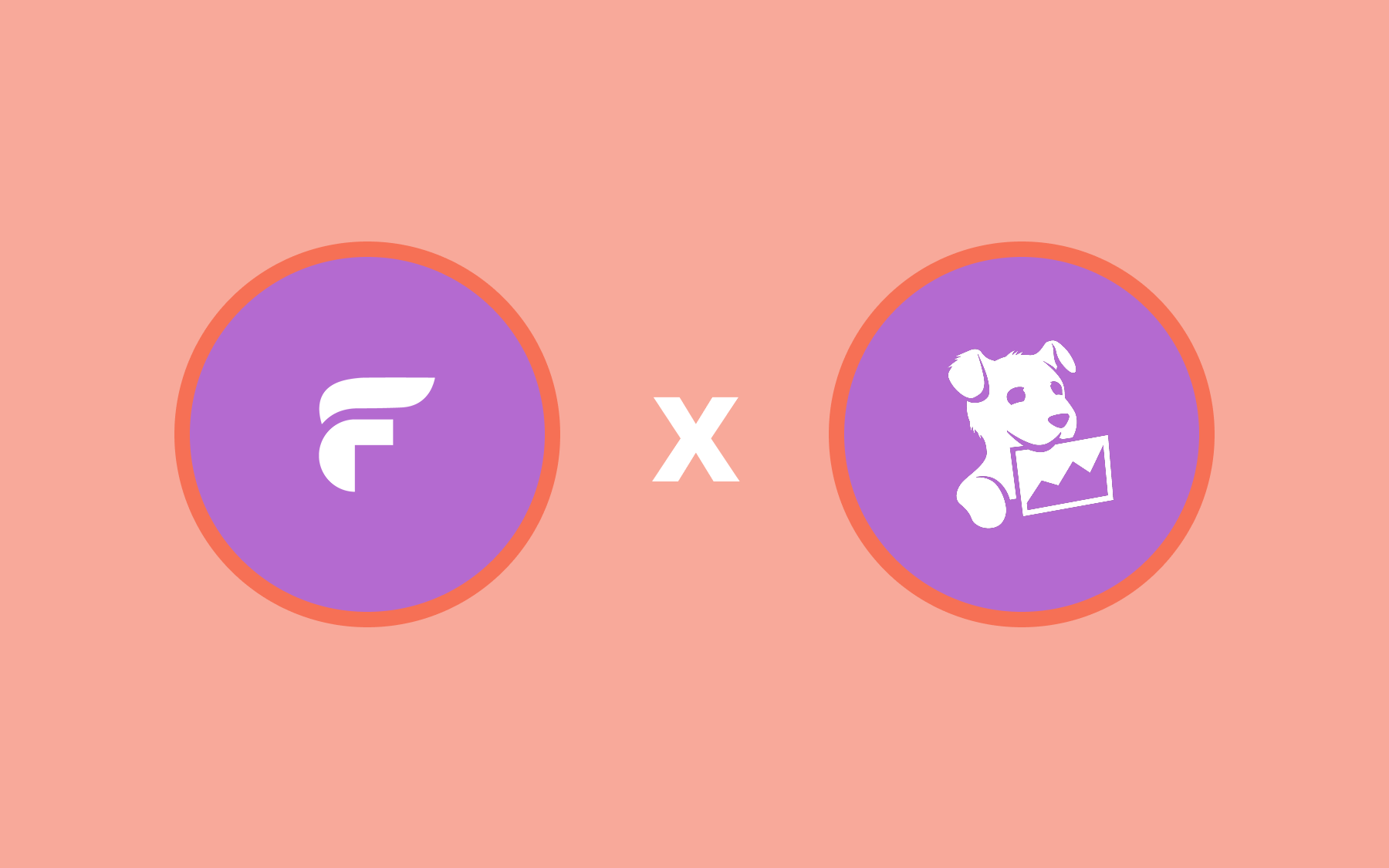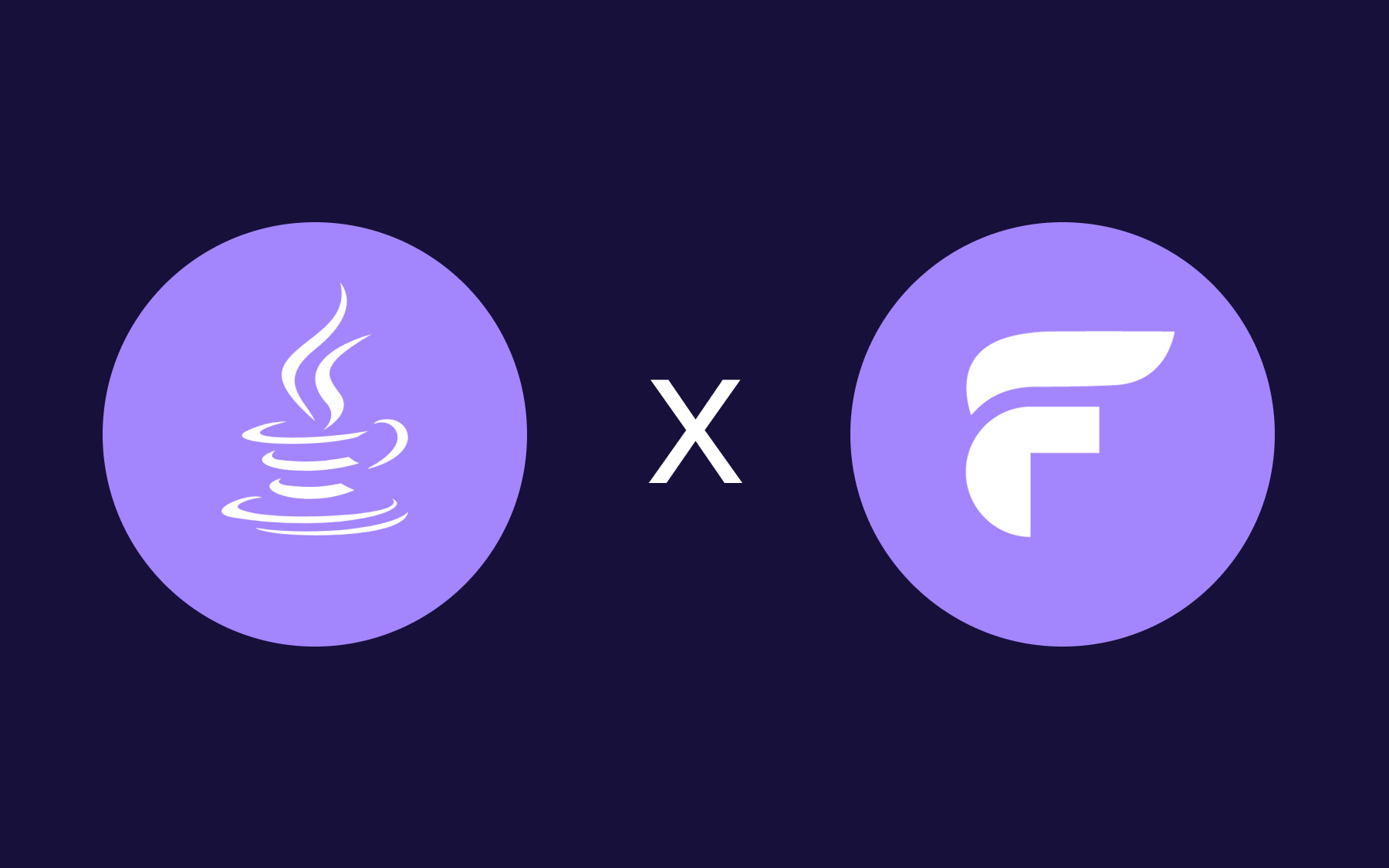Customer Story: Serenis

We met with Filippo Sarzana, Tech Lead at Serenis, to talk about how they use feature flags. Serenis is a mental health platform that provides psychotherapy with a strong focus on science & impact measurement.
They use feature flags to support continuous delivery and A/B testing. With Flagsmith, they can deploy and test with confidence; knowing that they can focus on product development not building out feature flag management in-house.
Could you tell us about your role at Serenis?
I'm the Technical Lead at Serenis. I'm responsible for our technology development and have been here since June 2021. I’ve been with Serenis since its launch, and before that, I worked with another colleague and software engineer to develop the first MVP of the platform. We’ve used Flagsmith since October 2021.
What are your use cases for feature flags?
We have two use cases and two different goals. First, we work with continuous delivery, so we continuously push our code to production. We use feature flags to turn features on or off for specific segments and to be able to test a segment with a small group of users before we roll it out to our whole user base.
Our other use case is A/B testing. We started by naming two different variants of features and then we got set up to support multivariation. Most often, though, we just have a variant of a feature and a control. Feature flags let us test how each variant does and then monitor the results.
Let’s talk about the A/B tests you run
Every feature we have is A/B tested. We might turn a feature off for some users and leave it on for others. We might test a feature in production for a specific segment and then roll it out to everyone. Whenever we release a new section of the menu, it’s A/B tested. It will be off for everyone, we’ll test it, and then we’ll roll it out.
Our form verification and email verification are A/B tested. We’re currently testing different versions of the booking system. We’re also testing different versions of the algorithms that we use internally. We’re testing whether in-house video calls work better than video calls that are not in-house.
We A/B test everything except bug fixes. Sometimes we even test those, though! When a bug fix is critical and implementation is critical, we want to be sure that the fix is working correctly so we will A/B test.
How do you configure the A/B tests technically?
We use Flagsmith with our internal tools for A/B testing. For example, we have a data warehouse, so we collect data from feature flags with Flagsmith webhooks. Our identities are user IDs, and we build analytics on top of those. Then our internal team and data engineers will deliver business intelligence based on all of the data they collect.
If you hadn't chosen Flagsmith, what do you think you would have done?
It’s hard to say, but I know we wouldn’t have built feature flag management in-house! I’ve done that in the past and it was a complete failure. We need to focus our time and energy on building the product, not building the tools that make the platform work.
We’re also a startup. As a startup, it wouldn’t make sense to build and manage a communication system when there are tools like Twilio out there. It’s the same with feature flag management. You’d end up spending so much time building and maintaining the tools that are crucial for your company, which isn’t efficient when someone else has already handled it and built it.
It’s better to pay for a system that can handle it for you, and the amount you spend will likely not be comparable to any engineer’s salary. Plus, a paid tool can handle the complexities that an in-house tool can’t.
For example, buying a feature flag tool means that everything is set up for you. It’s straightforward to create traits and to set up segments for testing. We can set up an automated testing segment so that users are assigned automatically and we can test things like how users do with vs without a button, all with a couple of clicks.
How have you configured and deployed Flagsmith? Do you use any integrations?
It was really easy for us to set everything up. We’re using the Flagsmith Cloud hosted version with Aurora AWS database.
We use Flagsmith multitenant. So we have a single project, which is Serenis, but we also have developments in production with tonnes of feature flags. We use scheduled flags, change requests, and all of the management features to keep everything running so that we can continuously deliver without hassle.
In terms of integrations, we use the Slack integration so that everyone gets notified about any feature flag changes. We also use webhooks. Then, the Mixpanel integration lets us send feature flag data to our behavioural data platform so that we can join the behavioural data of users (clicks, views, etc.) with the feature flag data.
Do you use any of the Flagsmith SDKs?
We’re using the React and React Native SDKs and the Node.js SDK. Having those SDKs and the ability to integrate with our existing tools (e.g. Mixpanel) was our main requirement when we were looking around, so it was great to see that Flagsmith had them.
Thanks so much for your time, Filippo!
More Feature Flag Customer Stories

.webp)

















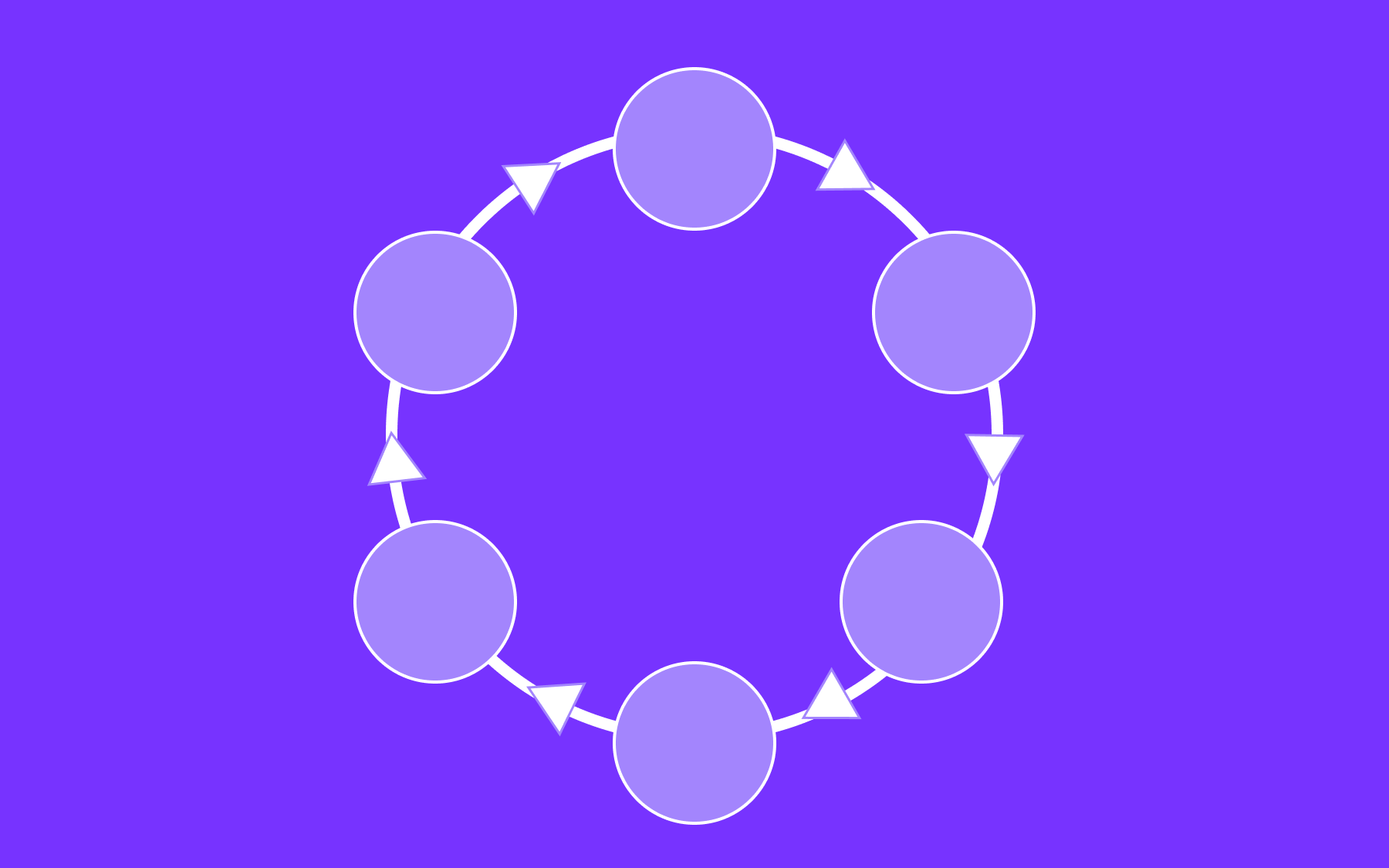



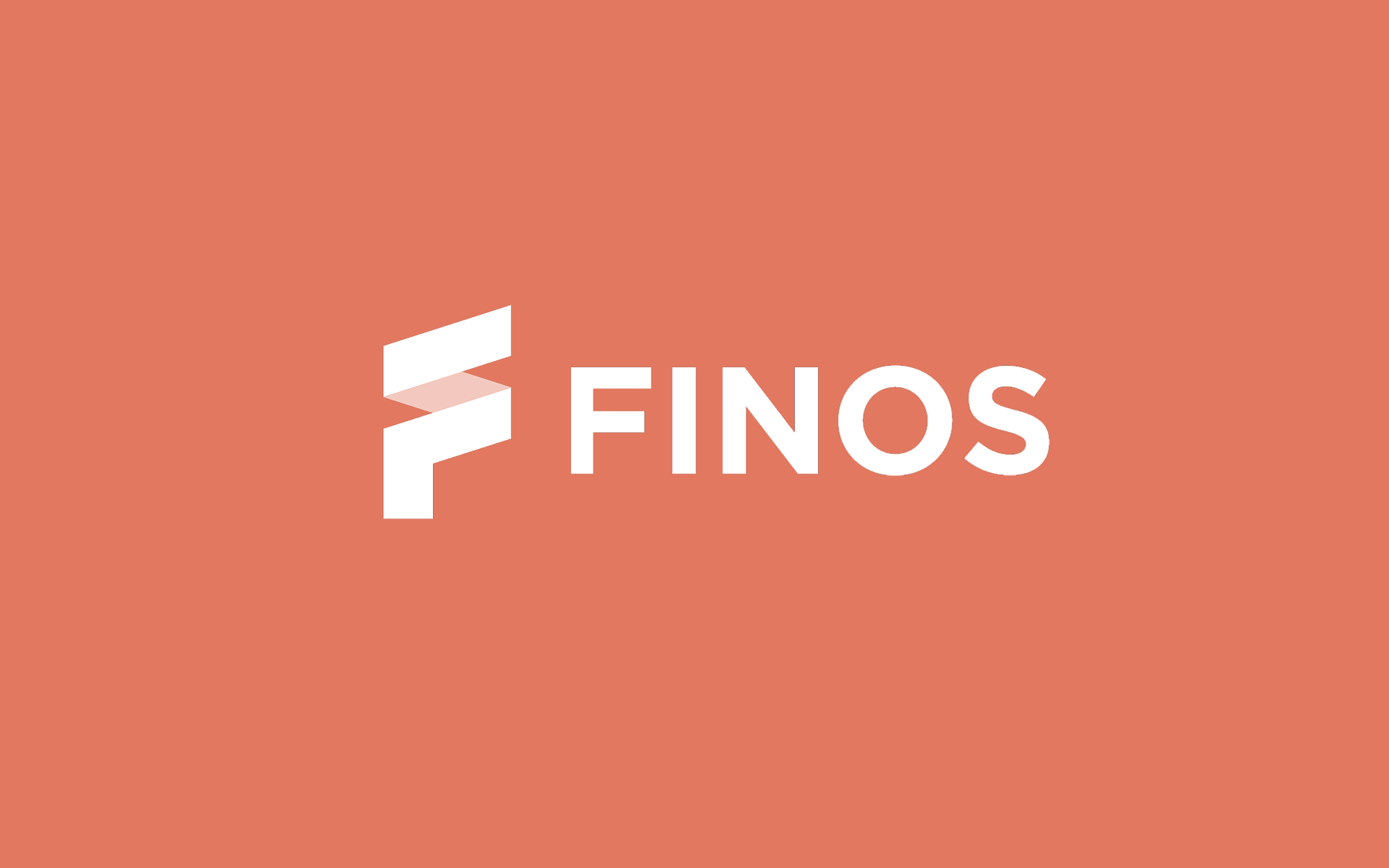























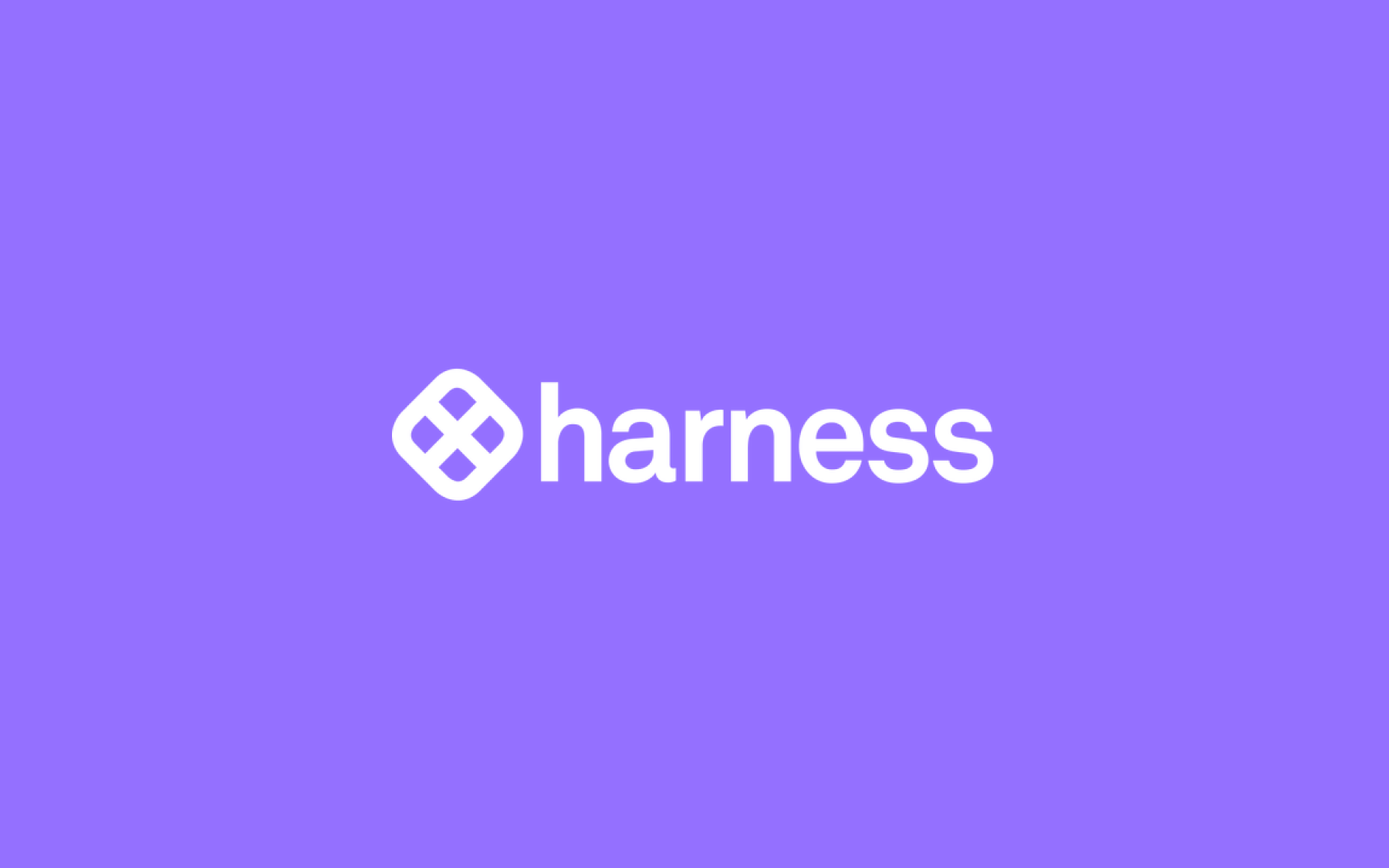













.png)
.png)

.png)

.png)


.png)






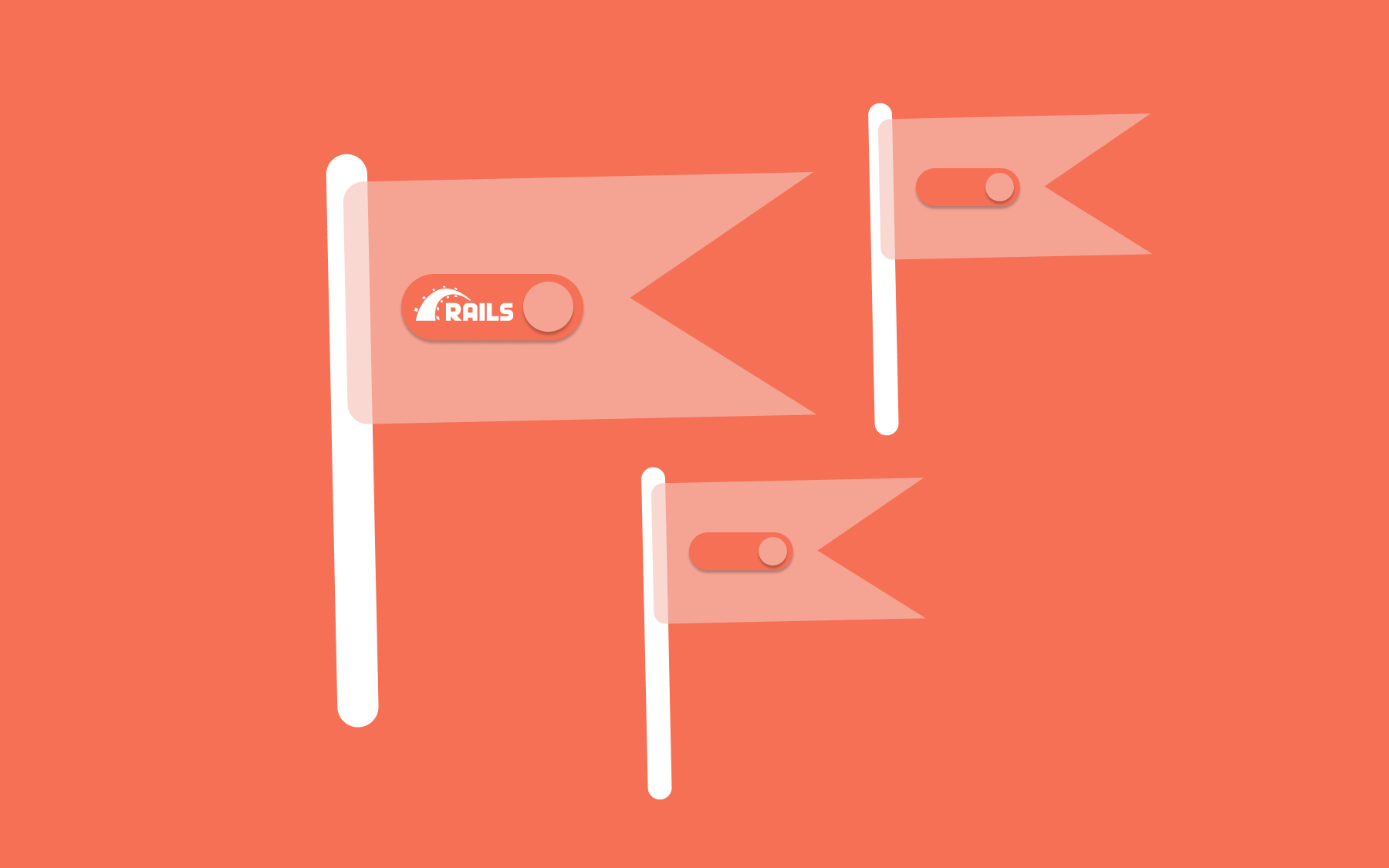















.png)

